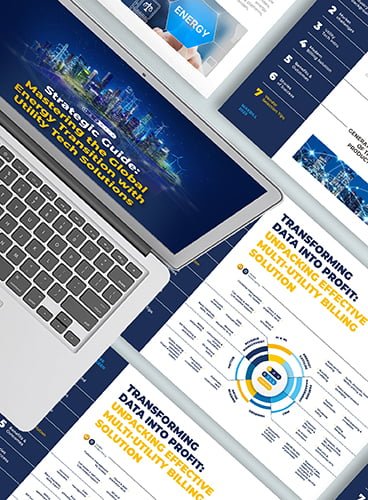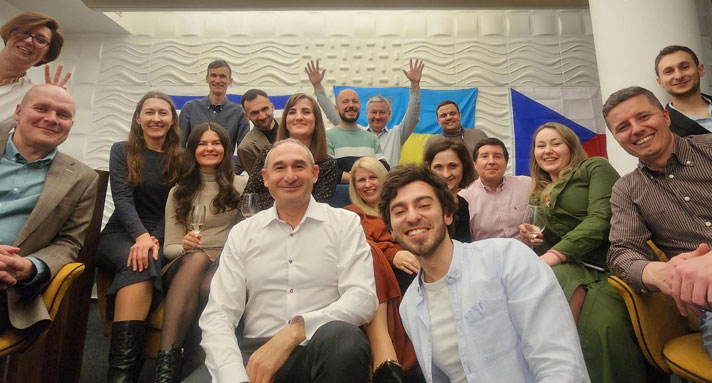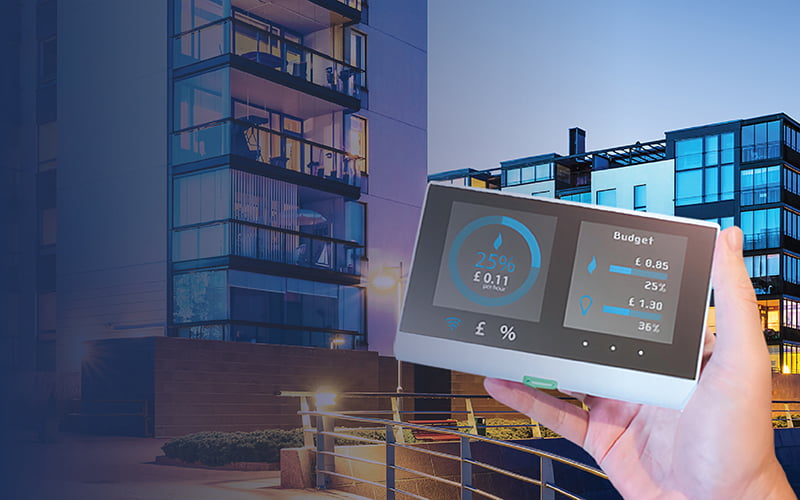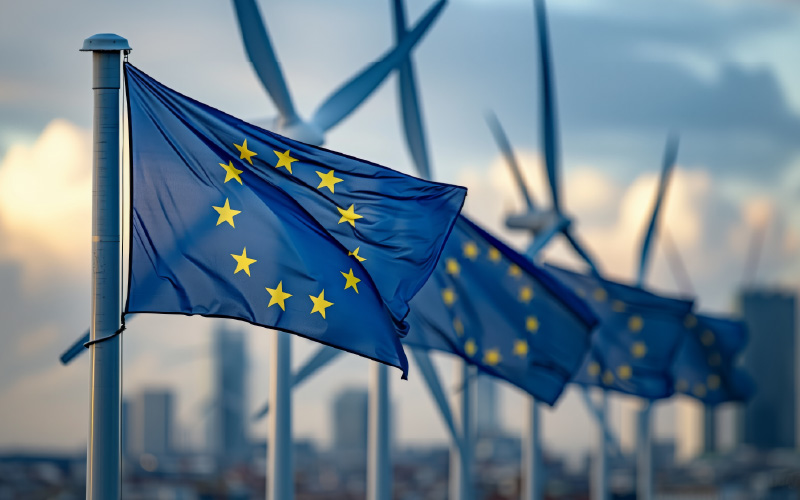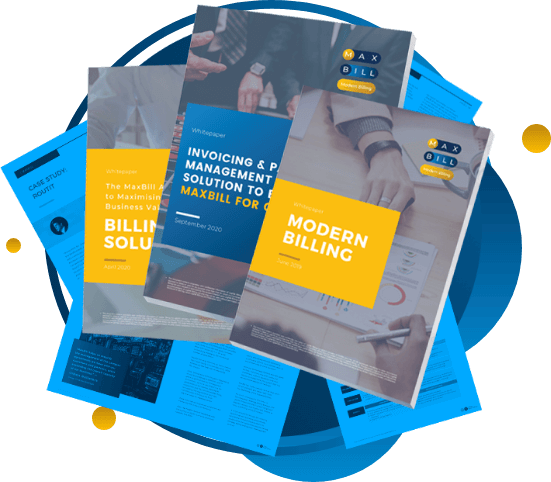While under the same EU flag, Europe’s energy markets are anything but homogeneous. Western and Northern energy leaders, in places like Germany, the Nordics, and Spain, have built advanced infrastructure and liberalised their markets.
In contrast, many Central, Eastern, and South-Eastern European countries are still navigating infrastructure modernisation and working through market liberalisation and an increase in competition. At the same time, internal legacy systems such as billing and customer service require updates, if not complete overhauls.
This contrast creates both a market gap and a growth opportunity for energy service providers from these regions as well as from already advanced energy markets, whose players want to leave home and expand into new markets.
So, in this piece, we’ll explore:
- Developing markets by regions
- Common challenges for them
- Approach to increase chances for a successful new market entry
If your growth strategies and ARs state new energy market entries for the years to come, then this piece is definitely a must-read.
Glimpse into the energy markets: identifying opportunities
At MaxBill, we notice that growth strategies of modernisation-stage countries focus on scaling renewables, cross-border trading, and customer base growth. They are often tied to EU decarbonization goals and integration of regional energy markets.
This expansion is usually described as a way to strengthen regional market position and secure new revenue streams. Besides, they strive to reduce reliance on single-country operations.
Let us have a glimpse into what’s going on in the following regions:
- Poland is accelerating its energy transition, with renewables briefly surpassing coal in mid-2025 and major investments in wind, solar, and grid upgrades, but faces political resistance and the challenge of delivering its long-term zero-carbon targets.
- Czechia relies on nuclear and coal but is phasing out coal by 2033, expanding renewables and grid upgrades, and making early moves in green hydrogen, though innovation processes remain slow.
- The Baltics have fully disconnected from the Russian-Belarusian grid and are accelerating renewable deployment, storage, and interconnections, with strong cross-border cooperation to boost grid security and market integration.
- Hungary is progressing toward renewables, but the grid and digital services remain partially centralised. Market reforms are gradual, requiring technology that supports both legacy models and future-ready operations.
- Bulgaria is phasing in EU regulations but struggles with ageing infrastructure and under-digitalised customer services.
- Serbia is actively investing in renewables and grid modernisation, but has yet to fully open its market to private competition or adopt EU-level transparency in billing and CRM.
- Slovenia is more advanced, with some liberalisation and smart meter penetration, but still faces challenges in scaling innovation across customer segments and regulatory frameworks.
- Slovakia has one of Europe’s cleanest electricity profiles, with over 85% from low-carbon nuclear and hydro, but still lags in diversifying renewables. Its grid is modernising with high-voltage upgrades and stronger cross-border links, while the electricity market is only partially liberalised.
- Montenegro, Croatia, and Albania show mixed progress. Croatia has made the biggest strides post-EU accession, while Albania and Montenegro still operate under vertically integrated systems, making bundled services and advanced billing capabilities hard to implement.
These regions face similar challenges:
- Markets are less liberalised
- Outdated infrastructure
- Outdated billing and CRM systems
- Common issues in regions where there’s no central data hub, which leads to dispersed DSO/supplier data, slow customer switching,
- Partner settlements are not standardised and need custom solutions
- Delayed or partial implementation of EU energy directives
- Low automation in customer onboarding, metering, and billing
- Limited bundling or commercial innovation
To sum up, the trends around these countries are largely predictable. Having already played out in Western markets, they make it easier to anticipate where modernisation-stage countries are headed.
The advantage for developing energy systems is that by catching up, they can learn from others’ missteps and, in some cases, surpass their more developed counterparts.
This is where established tech enables like MaxBill play a crucial role. Why? Because they speak the same language, both literally and operationally, and, in the meantime, possess advanced market’ expertise backed up with real-life implementations.
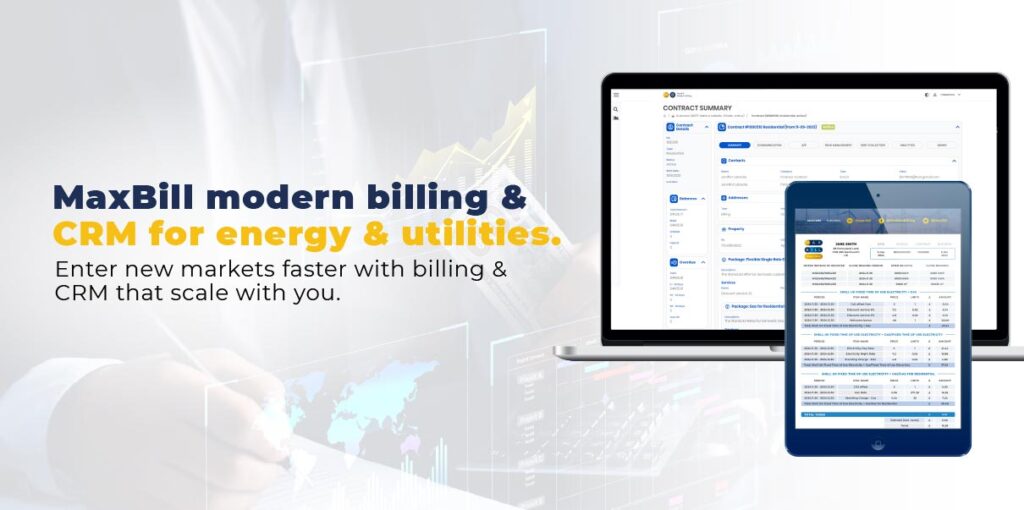
How to increase chances for a successful new market entry
The answer is simple as it is – to partner with a tech enabler that possesses the expertise required to enter a new market.
Based on three decades of experience in billing and CRM, supported by real-life business cases across Europe, we have identified the top 7 characteristics of an effective technology enabler. These traits are critical for supporting successful entry into new markets.
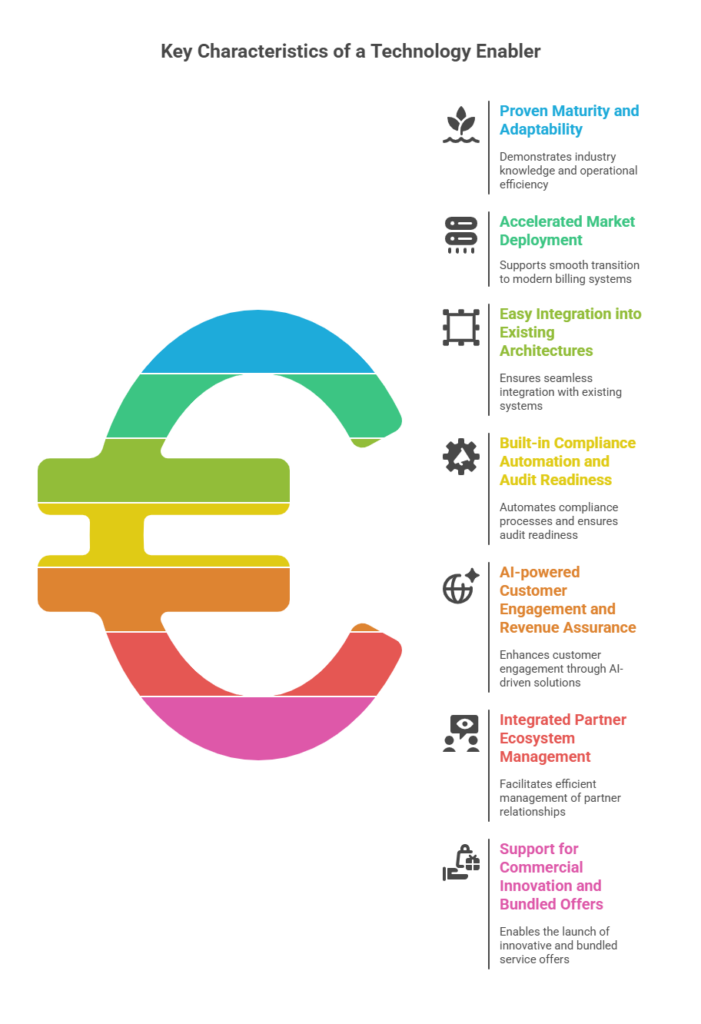
Proven maturity and adaptability
There are three key pillars of tech enabler maturity that MaxBill embeds into its approach:
- Industry knowledge and expertise: depth of understanding of energy markets and evolving regulatory frameworks, customer expectations, and their operational impact. This should be supported by a track record of thought leadership and industry-specific best practices.
- Operational efficiency and agility: ability to enhance efficiency and adapt rapidly to market changes, energy transition pressures, infrastructure challenges, and external disruptions.
- Partnerships and collaborations: strength and breadth of alliances, proven capability to work with E&U peers, and a partner ecosystem that delivers strategic alignment, operational improvements, and business continuity.
Accelerated market deployment
Traditionally, companies rely on existing billing and customer management systems. Some can support expansion, while others fall short. Modern billing and CRM solutions should support legacy systems and introduce advanced billing approaches, enabling a smooth transition from legacy solutions to next-generation ones.
MaxBill delivers multi-country, multi-service operations out of the box. Its configurable billing logic accommodates:
- Legacy tariff structures (e.g. flat, block, or indexed rates)
- Innovative bundled offerings
- Local tax, subsidy, and compliance requirements (e.g. Czech DSO codes, Romanian metering rules)
“We offer a broad set of capabilities to support clients in transitioning from legacy billing schemes to modern models without limiting flexibility for future billing needs.”
– Rost Bitterlikh, VP of MaxBill R&D
What sets MaxBill apart is its ability to deliver both backwards and forward compatibility. It means your billing system meets today’s operational needs while being ready to support your future growth and evolving business models.
Easy integration into existing architectures
What do we mean by this? Let’s take the example of Poland.
Poland’s CSIRE data hub, now being deployed with full market participant onboarding required by 19 October 2026, is designed to unify and standardise market data. For energy providers preparing to connect, this shift requires significant IT adaptation and process alignment.
Your billing and compliance workflows should support this transition with easy integration into existing architectures and flexible adaptation to evolving regulations, ensuring new data hub requirements are met without operational disruption.
At MaxBill, we streamline the transformation of legacy systems toward data-hub readiness, providing hands-on support throughout the migration period. Once a supplier is connected, MaxBill continues to manage the integration layer, enabling ongoing interoperability, compliance, and access to new functionalities delivered through the hub.
Built-in compliance automation and audit readiness
CEE markets are still adapting to the EU’s evolving compliance environment (e.g. CSRD, Fit for 55, RED III).
Advanced tech billing and CRM solutions need to embed compliance workflows directly into its billing and revenue processes. This means:
- Alignment with ESG reporting frameworks and CSRD audit requirements
- Adaptability to national implementations of EU directives
New entrants can scale without risking non-compliance or overinvesting in manual audit preparation.
AI-powered customer engagement and revenue assurance
Companies looking to enhance digital engagement or digital inclusion, now should not settle simply for web customer portals. While it’s still a good communication channel with consumers, an AI-powered self-care portal brings another level of convenience for both – customers and customer service. It delivers:
- Multilingual, natural-language AI agents to explain bills and answer queries
- Automated updates based on real-time knowledge and regulatory changes
- Real-time consumption insights for customers
- Automated workflows (like email parsing and forwarding special cases to a human) that reduce pressure on overloaded support teams
Integrated partner ecosystem management
Success in developing markets often depends on working with local DSOs or municipal partners. If you’re an energy service provider with EV charging business and aim to build a network, then efficient partnership management and reconciliation are simply critical. Modern billing and CRM cover you here as well with:
- Multi-party billing and revenue-sharing models
- Automated partner settlements and performance tracking
- White-label or embedded billing for local partnerships
This enables scalable, compliant partner-led growth across markets.
Support for commercial innovation and bundled offers
Less liberalised markets often offer rigid, outdated service plans. Flexible product catalogs built in modern billing and CRM systems allow providers to:
- Launch value-added bundles (e.g. electricity + EV charging + insurance)
- Customise tariffs per customer segment or usage behaviour
- Rapidly launching new offers without code changes (MaxBill new-gen AI product catalog)
This is a competitive advantage for entrants looking to differentiate and grow their share in new markets.
Key takeaways for growth strategists in utilities
MaxBill has spent nearly three decades solving for complexity in European energy markets. We understand the needs of both mature and emerging utilities. One of our flagship transformations was delivered to the largest energy supplier in Eastern Europe, proving our ability to deliver scalable, compliant, and future-ready solutions in high-stakes environments.
Suppose you are a Slovenian energy company looking to scale your operational efficiency, or a Hungarian utility preparing to launch bundled services, or a Croatian provider ready to digitise customer experience. In that case, MaxBill is your partner for growth.
We bring deep domain knowledge, Western market expertise, and the tools to help you lead your transformation, while ensuring full compatibility with your current model and the ability to grow beyond it.

